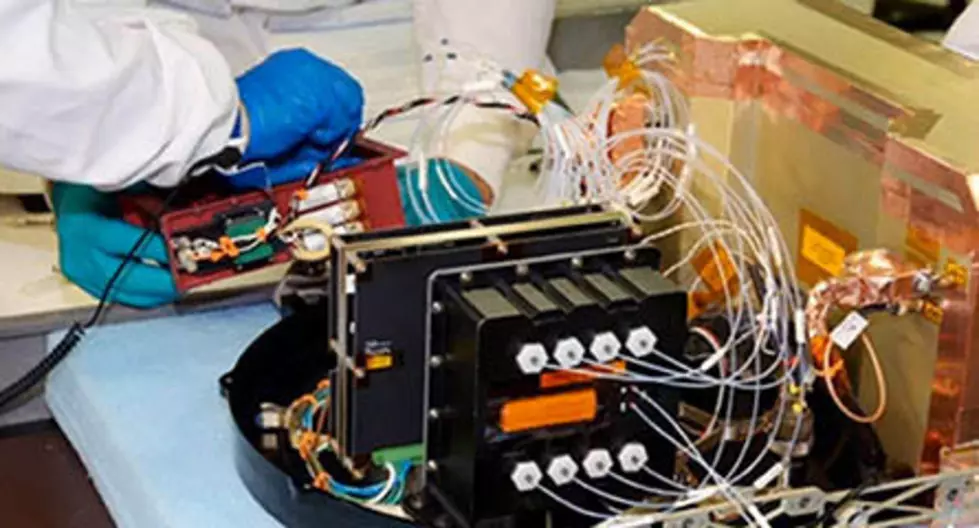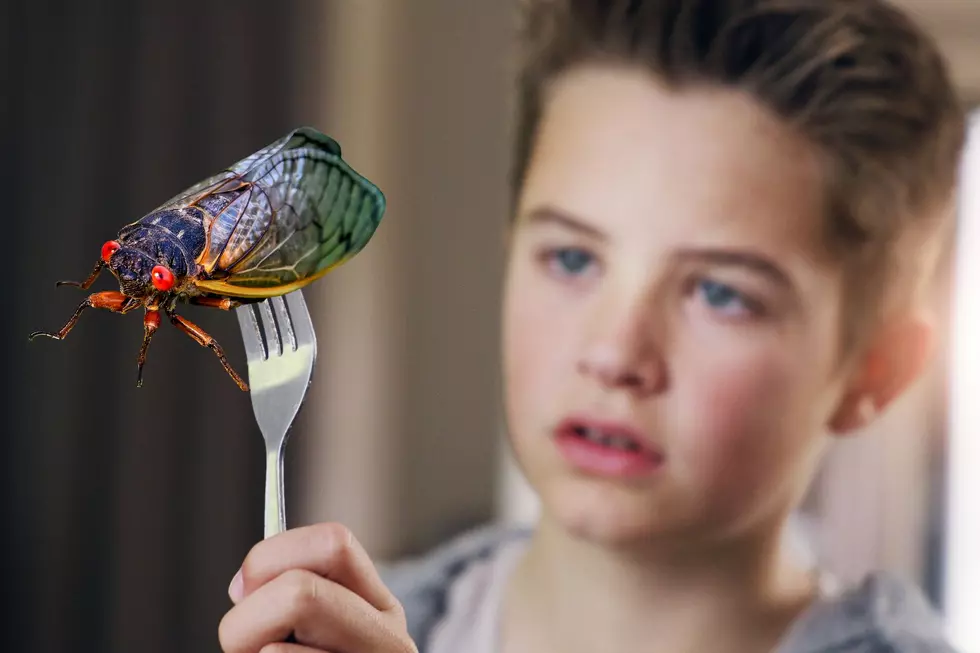
UL Lafayette Research Project Aboard International Space Station
A University of Louisiana at Lafayette biology professor expects his plant experiment aboard the International Space Station to begin sprouting today.
Dr. Karl Hasenstein’s research project was transported to the space station aboard a Falcon 9 rocket as part of a NASA resupply mission late last month. Yesterday, astronauts set up his experiment, which will study how plants sense and react to gravity. “We are in the 18th hour, and germination is supposed to take place in the 19th hour,” Hasenstein said today from his campus office.
The University says the research will explore ways plants sense and react to gravity by studying how directional forces affect their growth in a nearly weightless environment. The goal is to learn more about how and why plants grow up, while their roots grow down.
A news release from UL Lafayette says:
Several theories prevail. One centers on tiny starch grains inside plants. The particles, called amyloplasts, slowly settle in the direction of gravity and are thought to provide growth cues. The experiment will attempt to displace the starch grains in Brassica rapa plants; the turnip is a subspecies. The plants will be encapsulated in a semi-autonomous device and exposed to powerful magnetic fields, which repel the amyloplasts."
“By doing so, they produce the same effect that we see under the influence of gravity, without having any other cellular component exposed to gravity. So we can pinpoint whether the amyloplast is actually doing the initiation of the sensing and the response to gravity,” Hasenstein says in a recent NASA video posted on YouTube.
The plant will curve away from the magnetic pressure if displacement of the plant root is the gravity-sensing trigger.
The experiment is expected to return to Earth on May 18 or May 22, Hasenstein said, depending on several factors, including weather conditions.
If all goes well with reentry, a capsule carrying his project will splash down in the Pacific Ocean off California. It will then be transported to Florida, where Hasenstein will retrieve it.
An estimated six to eight months of study will follow, he added.
University researchers will analyze distribution patterns of the starch grains and conduct tests to determine if gene expression has changed as a result of growth conditions in space.
(Thanks to Charlie Bier at UL Lafayette for the story)
More From News Radio 710 KEEL
![Amazing Picture Shows Louisiana From Intl. Space Station [PHOTO]](http://townsquare.media/site/341/files/2012/07/u6.jpg?w=980&q=75)








